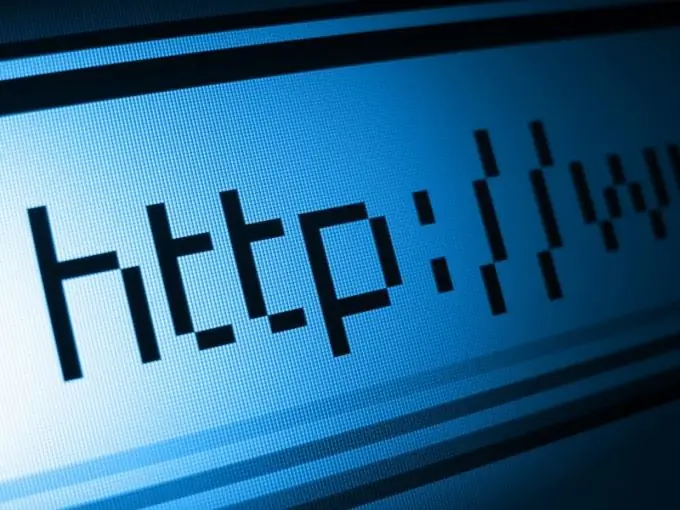- Author Lauren Nevill [email protected].
- Public 2023-12-16 18:48.
- Last modified 2025-01-23 15:15.
The need to ensure the security of the site is due to the fact that any breach in the system is sufficient for an attack. Access gained by cybercriminals to an Internet resource allows them to blacklist server addresses, steal traffic and data, and cause the website to become unstable.

Instructions
Step 1
To ensure the stability of the operating system, which is the foundation of any server, make sure that the latest security updates are installed in a timely manner. Patches can be launched with a click of the mouse or, after making the necessary settings, they can be automatically installed. Considering that hackers can also automate attacks by finding servers with uninstalled updates, do not forget to monitor their timeliness and the newness of the installed versions.
Step 2
Keep all web server software up to date. Remove or disable something that is not a required component such as Remote Desktop Service or DNS Server. If you cannot do without some of them, make sure not to use light and default passwords.
Step 3
Be sure to use antivirus software. Combined with a flexible firewall, it effectively defends against security threats. Until you install a high-quality antivirus package, cybercriminals will exploit the vulnerability by injecting malware and downloading hacking tools.
Step 4
Do not install unnecessary components, as any of them carries a separate threat. Together with their increase, the total risk increases. Remember that any security oversight is enough for an attack.
Step 5
If you are using the common and fairly popular component of Internet Information Services (IIS), disable the default services such as SMTP or FTP. Disable directory browsing as it shows visitors the files used by the system. Deactivate any Front Page Server Extensions that you are not using. Turn on IIS Automatic Updates using the Windows Control Panel.
Step 6
When using the Apache web server, enable only the required functionality of the resources, excluding access to the resources by default. Keep a log of requests to be able to identify suspicious activity. Subscribe to the Apache Server Announcement for timely security patches and updates.






